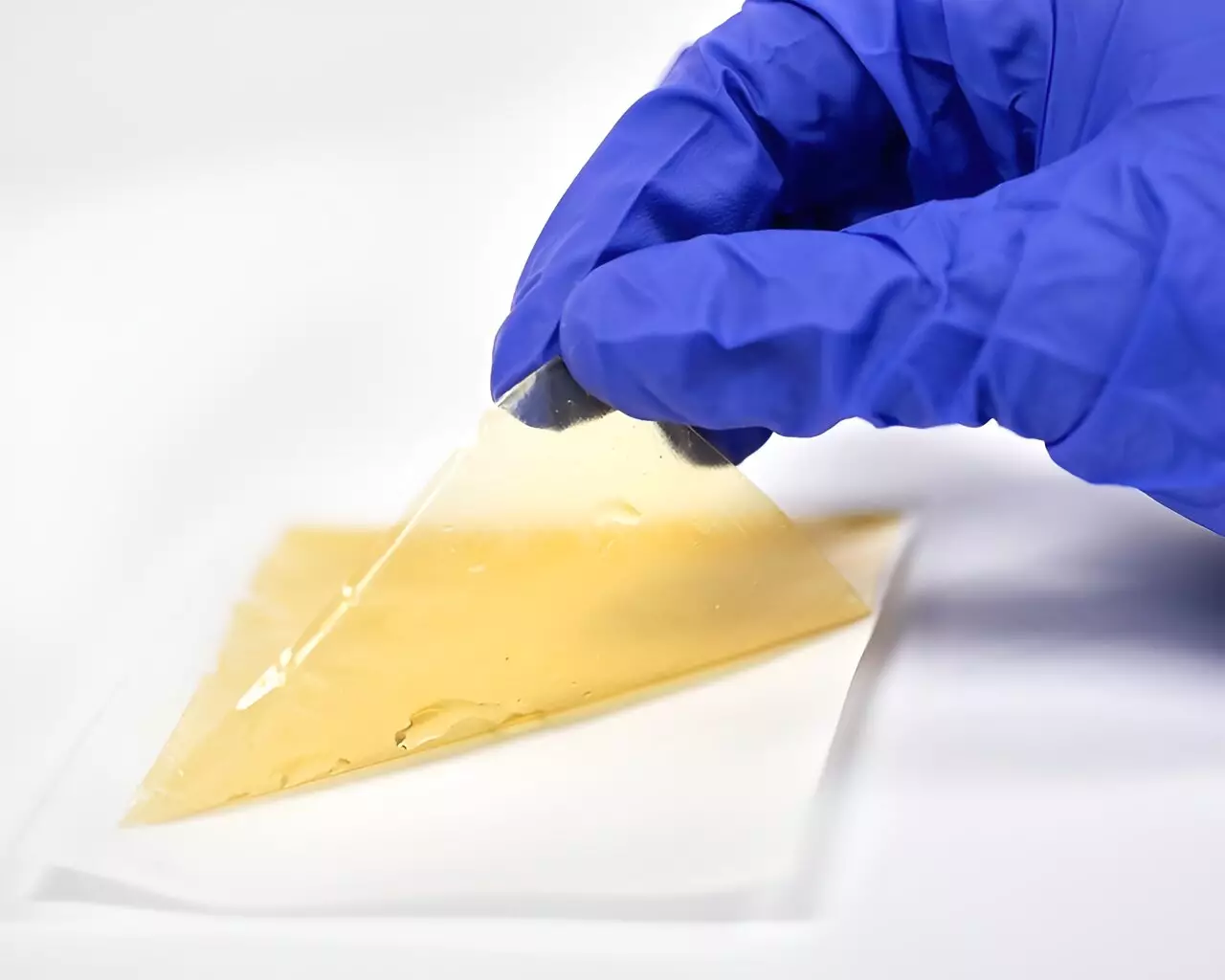The development of sustainable technologies to address environmental challenges is crucial in our quest for a greener future. One such groundbreaking innovation is the advancement and commercialization of robust hydrogen fuel cells. These fuel cells contain a polymer electrolyte membrane that acts as a barrier between the electrodes, facilitating the flow of electricity. However, the inconsistent operation of fuel cells, particularly during changes in speed, leads to the formation of cracks in the membrane. To tackle this challenge, a team of researchers led by Associate Professor Sang Moon Kim from Incheon National University and Professor Zhigang Suo from Harvard University has developed a fatigue-resistant polymer electrolyte membrane.
One of the primary issues faced by fuel cells is the formation and propagation of cracks in the polymer electrolyte membrane. These cracks accelerate the undesired transport of hydrogen through the membrane, ultimately causing operational failure. Previous methods, such as radical scavengers and hydrocarbon electrolyte membranes, have offered some defense against crack formation. However, these approaches have not been able to entirely prevent cracks from occurring and spreading.
In their recent study published in Advanced Materials, the research team developed a category of fatigue-resistant electrolyte membranes using an innovative approach. They created an interpenetrating network of two materials: Nafion and perfluoropolyether (PFPE). Nafion is a commonly used plastic electrolyte with proton-conducting properties, while PFPE forms a durable rubbery polymer network. This combination of materials significantly enhances fatigue threshold and lifespan, compensating for the slight reduction in electrochemical performance.
The team produced several membranes with varying levels of PFPE, and the one with 50% saturation demonstrated reasonable electrochemical performance. Compared to the original Nafion membrane, this Nafion-PFPE membrane exhibited a 175% increase in fatigue threshold and extended the lifespan of the fuel cell by 1.7 times. While the introduction of the rubbery network led to a modest reduction in electrochemical performance, the significant improvements in fatigue resistance and overall lifespan make this a promising breakthrough.
The implications of this study extend beyond fuel cell vehicles. The stability, durability, and performance provided by the fatigue-resistant electrolyte membrane have the potential to revolutionize various industries. Applications can range from advanced technologies in drones, personal air vehicles, backup power sources, forklifts, bicycles, scooters, and more. Additionally, the strategy employed to enhance fatigue resistance can be extended to other fields such as ion filters, battery separators, and actuation systems. This broadens the potential for high-durability and long-life desalination filters, flow battery separators, lithium metal battery separators, and artificial muscles.
The development of a fatigue-resistant electrolyte membrane marks an important milestone in the advancement of fuel cell technology. By addressing the issue of crack formation and propagation, researchers have paved the way for stable, reliable, and long-lasting fuel cell systems. This breakthrough not only propels the adoption of fuel cell vehicles but also unlocks new possibilities in various sectors. The integration of sustainable technologies in different industries will contribute to the transition towards a greener and cleaner future. As Professor Sang Moon Kim aptly puts it, “This breakthrough has the potential to redefine the applications of fuel cells and open doors to unprecedented innovations.”



Leave a Reply